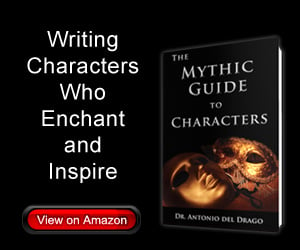Jabrosky
Banned
I've noticed that whenever I write fiction, I avoid obviously emotional words as much as possible when describing characters' emotional states. By emotional words, I mean adjectives like "happy" and "sad" or nouns like "fear" and "joy". Instead I tend to describe characters' physiological reactions, facial expressions, or body motions. For example, instead of explicitly saying a character is scared, I might describe her drumming heart or have her gulp and tremble. My sentiment is that the traditional emotional words tell too much and show too little. Additionally visible displays like frowns or clenched fists work better for non-PoV characters since the PoV character can't actually read other people's minds and feel the same emotions as the non-PoVs. On the downside, it does limit your emotional vocabulary since certain emotions only produce so many physical reactions.
What are your ways of describing characters' emotions?
What are your ways of describing characters' emotions?


 Auror
Auror Myth Weaver
Myth Weaver Troubadour
Troubadour Maester
Maester